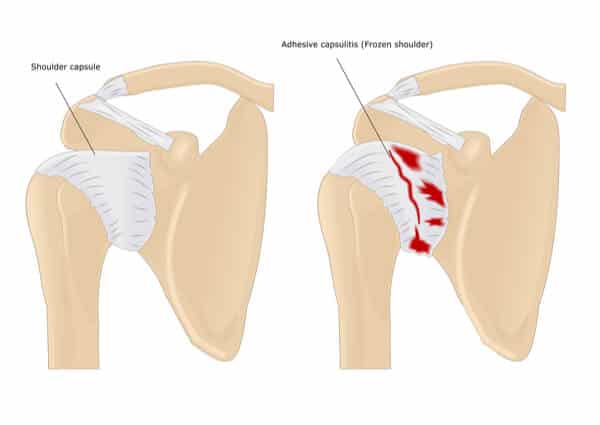Services

Hip Replacement
Deciding on hip replacement must be a combined effort between you and your orthopedic specialist. There is no absolute weight or age when deciding the need to do replacement. This procedure is not only for elderly people above the age of 60. Young people who might have juvenile or early-onset osteoarthritis, or young people who have a hip fracture may be candidates as well.
Hip replacement is usually the last option. Your orthopedic specialist will try to exhaust all possible conservative managements before deciding to do this procedure. Conservative management may include resting, physiotherapy, nonsteroidal anti-inflammatory drugs, corticosteroid injections, etc. After taking your history (noting physical activities and social history such as vices like smoking, etc.), your orthopedic specialist would conduct a physical examination to assess mobility, alignment, and strength. He then may decide to do radiologic studies such as x-rays; and if needed, Magnetic Resonance Imaging (MRI).
When deciding whether or not to do a joint hip replacement, one must consider many factors. Although most cases of patients having had joint replacement done has resulted in a remarkable decrease in their pain level and increase in the level of activity, it also has its disadvantages. This procedure cannot make your hip work and function as if you were a teenager again. Your hip may wear down in the years to come. Following this, one may then experience loosening and then may have recurrence of pain. Thus, the avoidance of excessive activities must be practiced (avoid running, jogging, jumping, and other high-impact sports).
WHAT TO EXPECT AFTER HIP REPLACEMENT PROCEDURE?
After the successful surgery, you are expected to follow the doctor’s orders. This is so you’ll improve faster and be able to return to your activities of daily living as early as possible. Your doctor would probably prescribe you the following:

